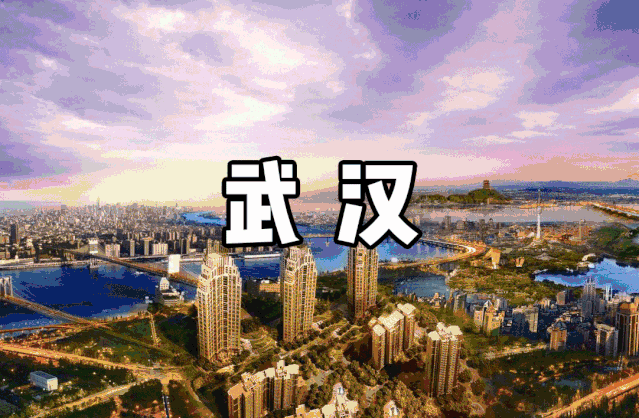
Rè gān Miàn(Hot dry noodles) is loved by the people who are familiar with Wuhan.
However, the Coronavirus has accidentally put the City Wuhan to the center of the whole world's focus, not about Rè gān Miàn. I can hear almost everyone mention the name of Wuhan more than once every day.
We've been constantly fed news about the still serious situation of the city. It's difficult to keep very positive about the city currently, right? So, in this article, let's explore the city and ignore the virus so we can shed some positive light on this city and its people.
Trust me, this city's story won't be less interesting than that of Qingdao or any other famous cities in China.

Rè gān Miàn(Hot dry noodles)
History
With a 3,500-year-long history, Wuhan is one of the most ancient and civilized metropolitan cities in China. During the Han dynasty, Hanyang became a fairly busy port. In the winter of 208/9, one of the most famous battles in Chinese history and a central event in the Romance of the Three Kingdoms—the Battle of Red Cliffs—took place in the vicinity of the cliffs near Wuhan.[14] Around that time, walls were built to protect Hanyang (AD 206) and Wuchang (AD 223). The latter event marks the foundation of Wuhan.
In AD 223, the Yellow Crane Tower (黄鹤楼) was constructed on the Wuchang side of the Yangtze River. Cui Hao, a celebrated poet of the Tang dynasty, visited the building in the early 8th century; his poem made it the most celebrated building in southern China.[15] The city has long been renowned as a center for the arts (especially poetry) and for intellectual studies. Under the Mongol rulers (Yuan dynasty), Wuchang was promoted to the status of provincial capital; by the dawn of the 18th century, Hankou had become one of China's top four most important towns of trade.
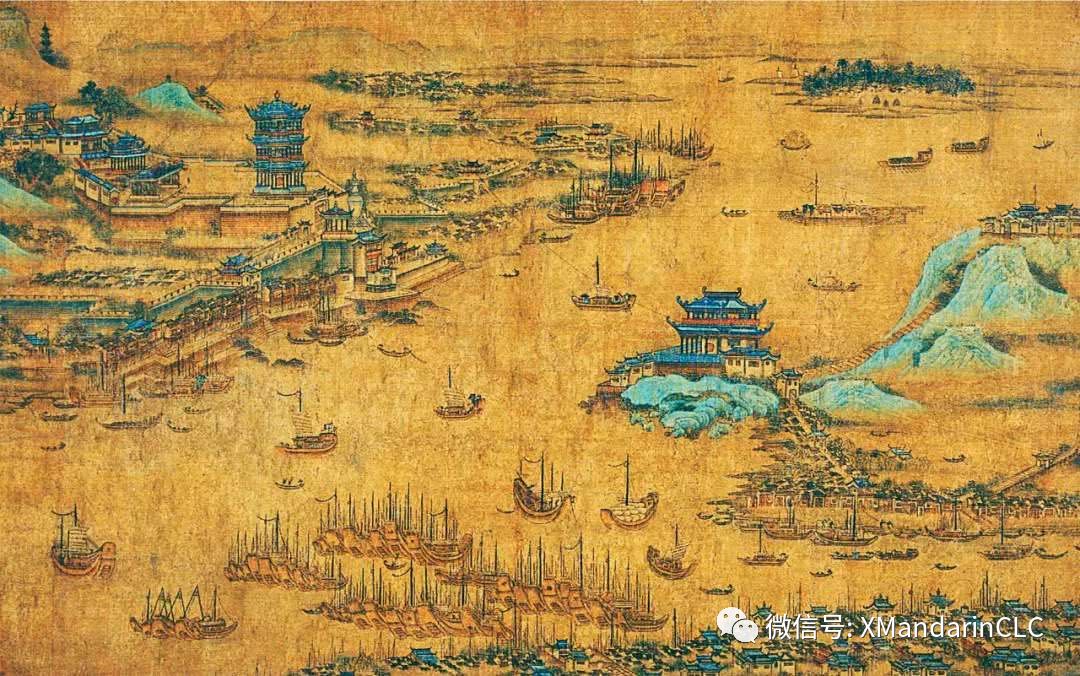
pic from 星球研究所
Literally the CENTER OF CHINA

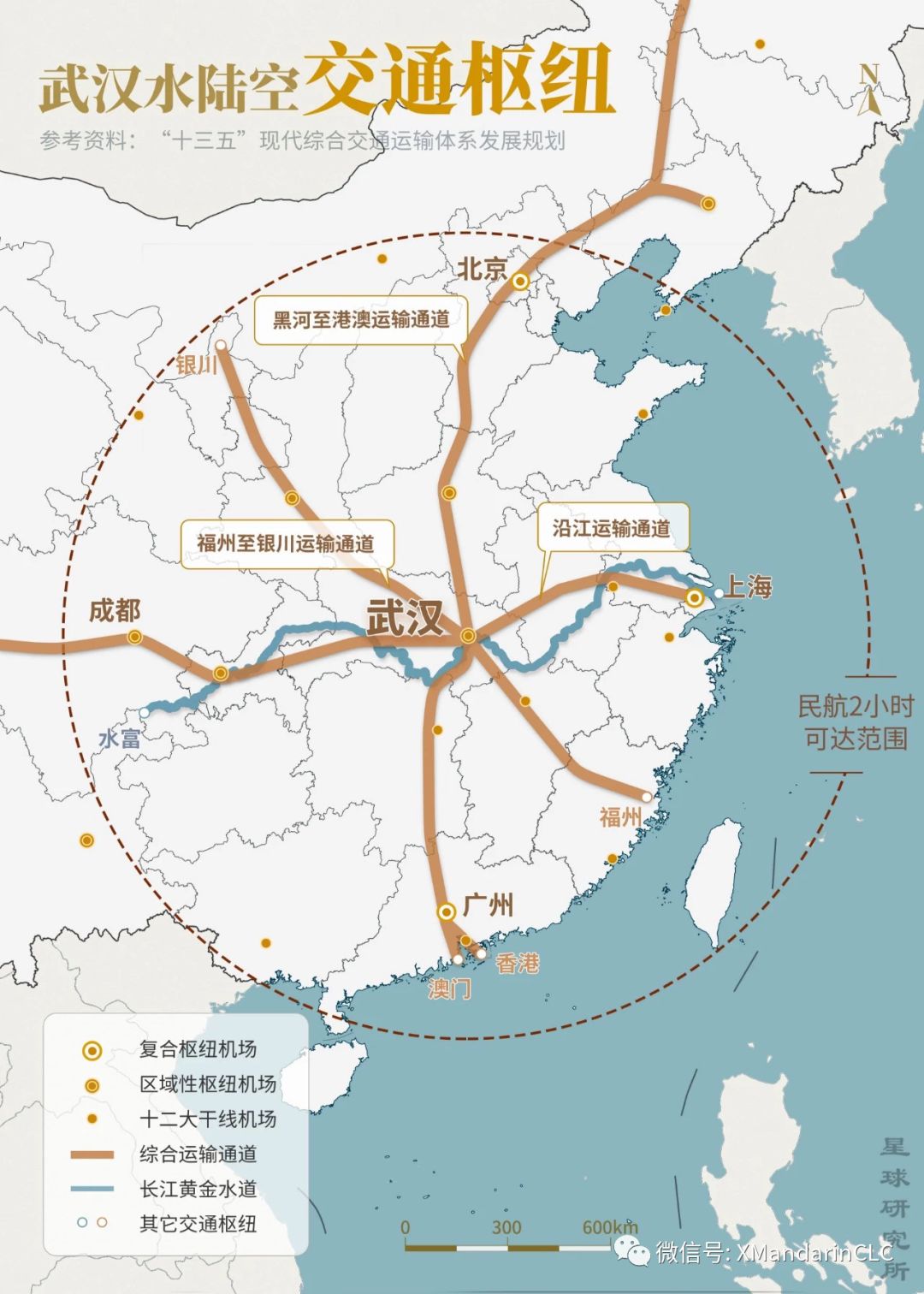
pic from 星球研究所
How central is Wuhan in China?
Look at the picture above, Wuhan is in the middle of both water and land transportation including railways and highways. Almost all the cities including Chengdu, Chongqing, Guangzhou, Shanghai, Beijing in China are within the circle that means Wuhan can be reached within 2 hours by air, or in 4-5 hours by fast train. It's known as "China's Thoroughfare (九省通衢 Jiǔshěng tōngqú)".
Rivers and lakes
The plain where Wuhan lies within has been made by the sands of the Yangtze River, the biggest river in China. More than 1600 big and small rivers empty into the Yangtze River in Wuhan.
There're also 166 lakes scattered in the city of Wuhan. The biggest one, Tangxun Lake covers 47 k㎡, almost half of the city of Paris.
The first bridge to be constructed over the Yangtze River was Wuhan Yangtze River Bridge, completed in 1957.
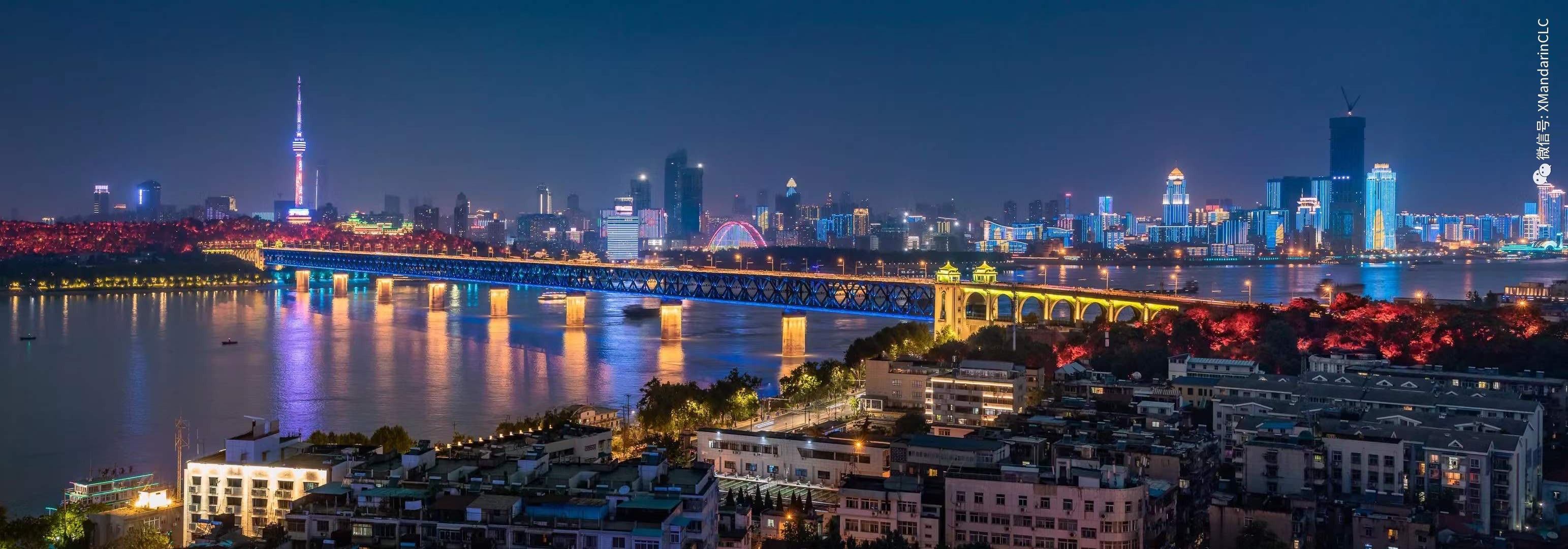
Wuhan Yangtze River Bridge
pic from 星球研究所
After that, there were more and more bridges built over Wuhan's rivers and lakes. See how many bridges are in this city so far?
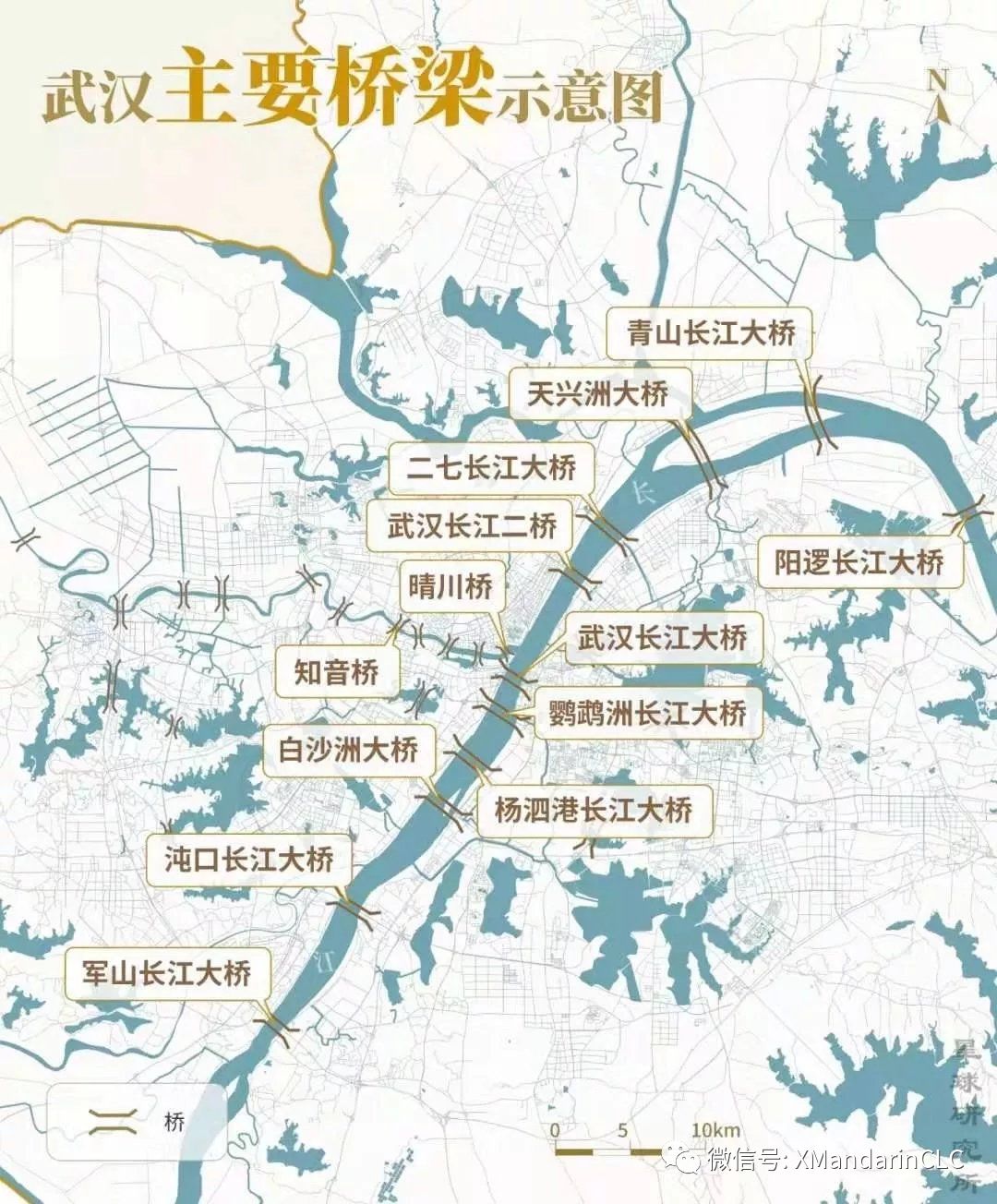
pic from 星球研究所
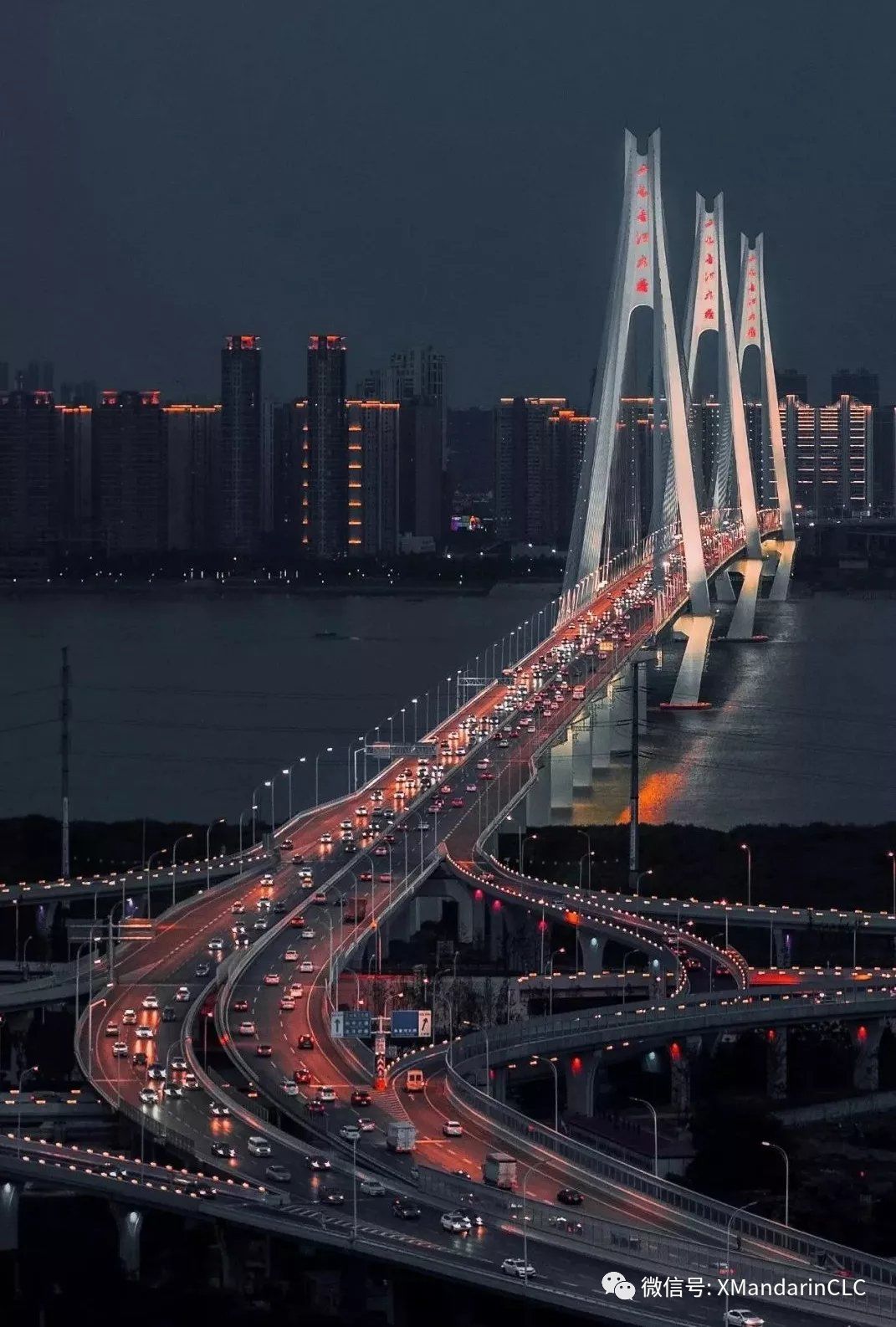
There are 11 bridges on Wuhan's Yangtze River now.
pic from 星球研究所
Where China went to the republic
Thanks to its geographic advantage and the rise of railways, Wuhan especially Hankou (a Yangtze River boom district) began from 1900 to become a hustle and bustle, traffic and trade hub in China. It was called "the St. Louis and Chicago of China" at that time.
From the 20th century, following examples from coastal cities such as Qingdao, Wuhan opened up to trade and business with foreign investors. With modernization, the city equipped itself with strong military factories and open-minded people, which laid a solid foundation for the liberal revolution.
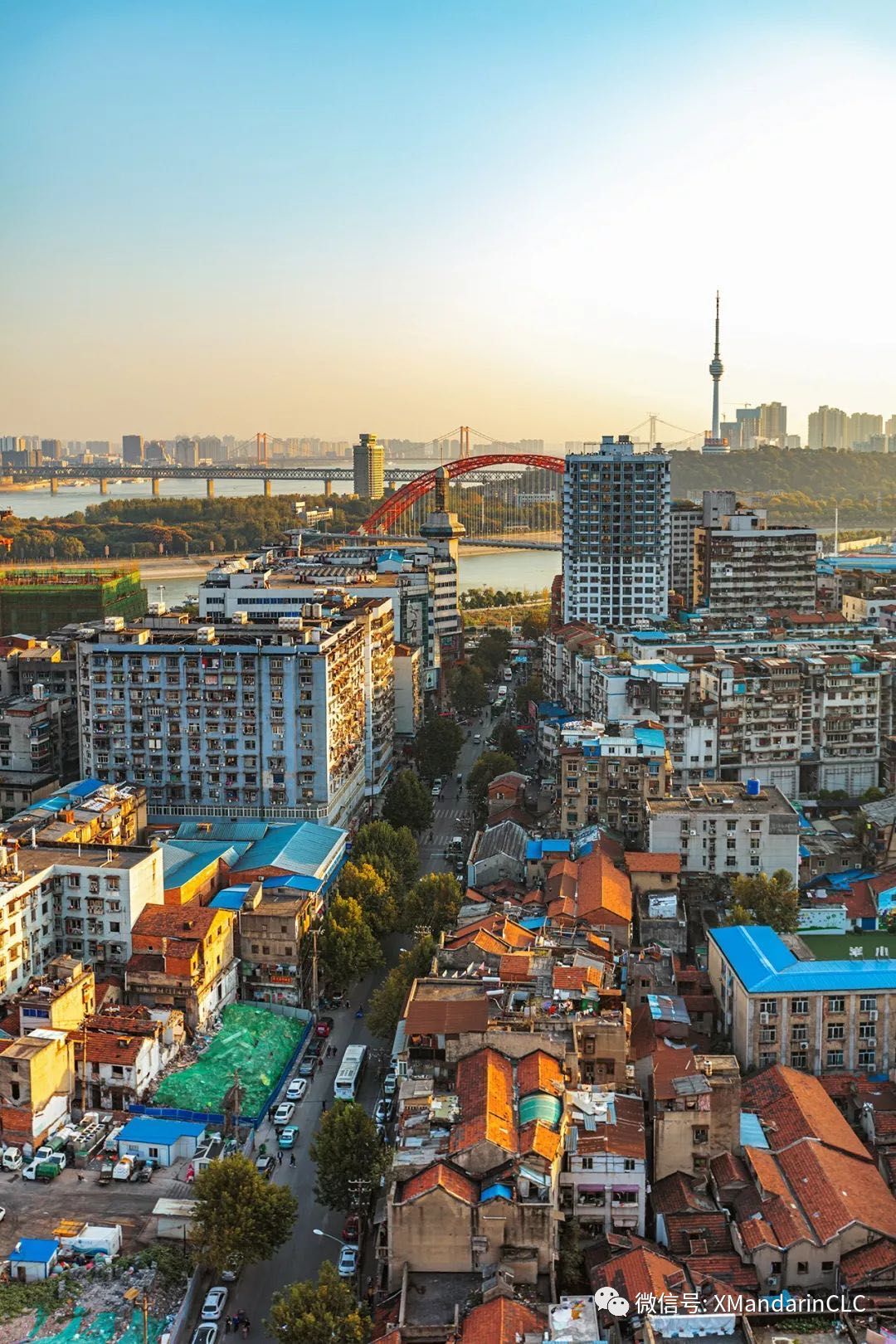
pic from 星球研究所
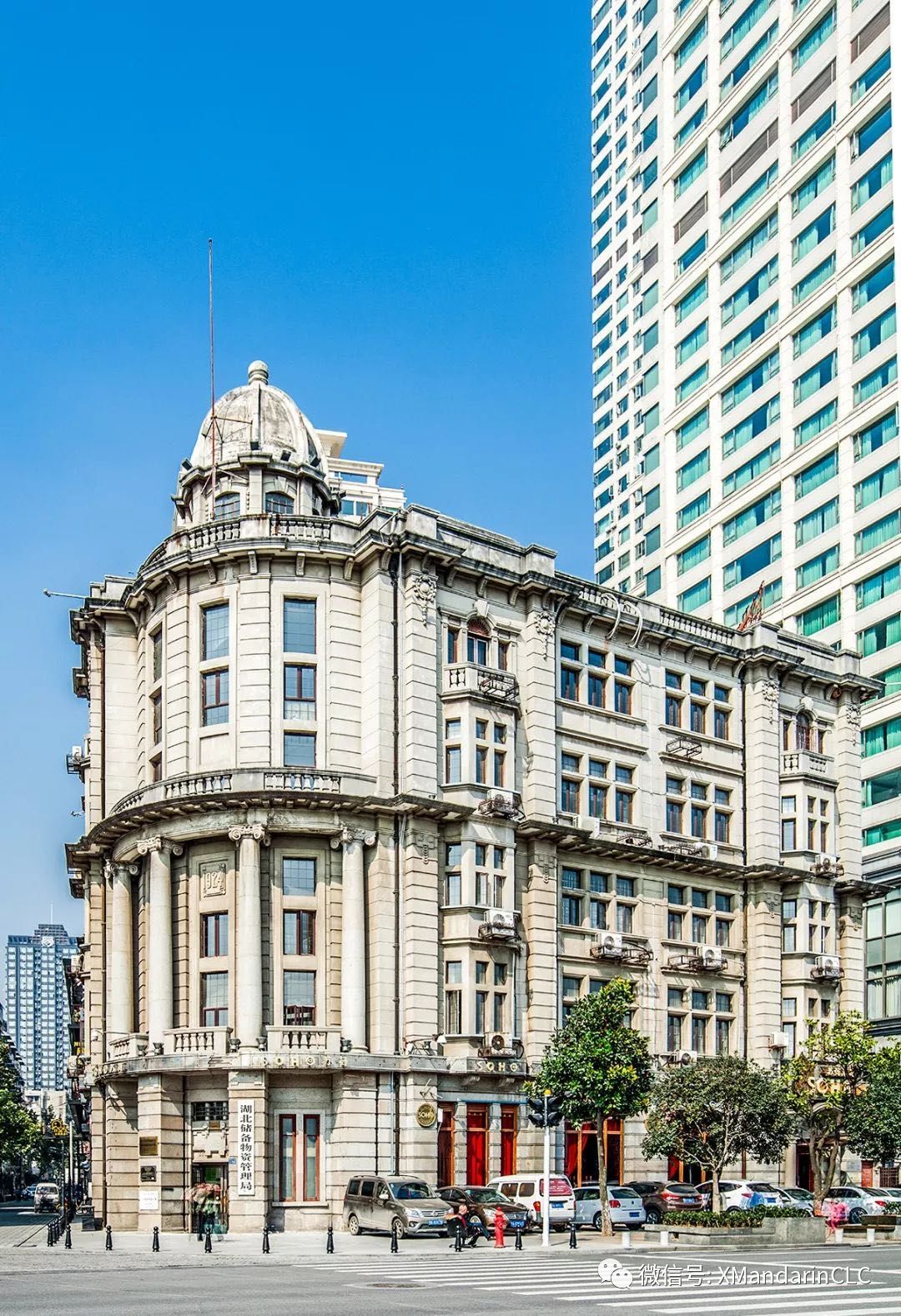
pic from 星球研究所
On October 10th, 1911, Sun Yat-sen's followers launched the Wuchang (a district in Wuhan) uprising, which led to the collapse of the Qing dynasty, as well as the establishment of the Chinese Republic.
Through the Wuchang Uprising, Wuhan became known as the birthplace of the Xinhai Revolution, named after the Xinhai year on the Chinese calendar. The city has several museums and memorials to the revolution and the thousands of martyrs who died defending the revolution.
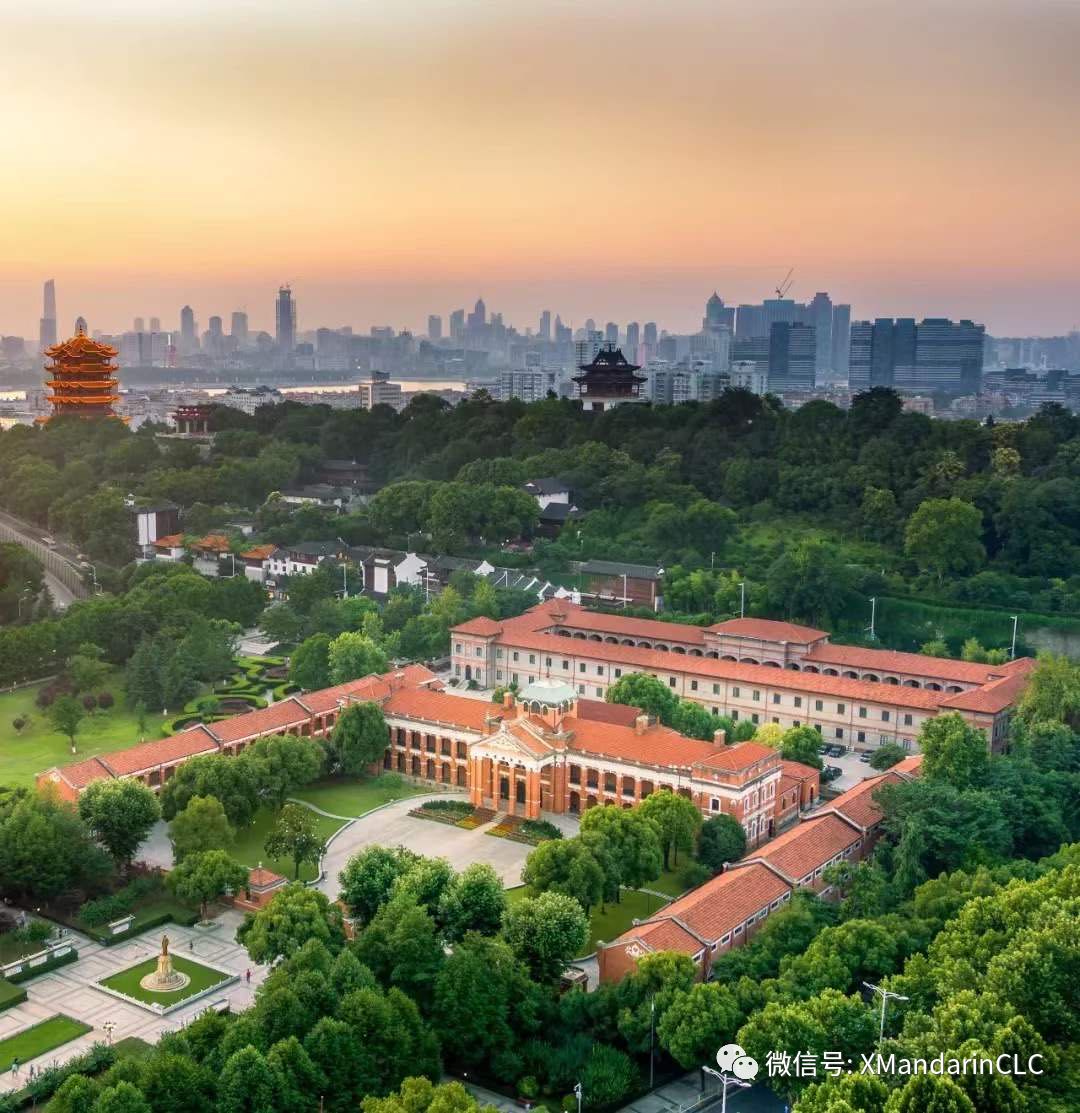
The former site of Hubei Government,
the first provincial government of the Chinese Republic after thousands of years being ruled by a feudal dynasty.
pic from 星球研究所
Tourist Attractions in Wuhan
There are many scenic spots worth visiting in Wuhan, Yellow Crane Tower (Huanghelou), The East Lake (Donghu Lake), Wudang Mountain. The most representative one is the Yellow Crane Tower.
Yellow Crane Tower (Huanghelou)
Located on the south bank of the Yangzi River, the Yellow Crane Tower is perhaps China's most badly treated historical monument. It is said to have been built in 333 during the Three Kingdoms period. In the centuries that followed, it was destroyed and rebuilt several times. In history, the tower inspired many poets and artists. It was last rebuilt in 1983.
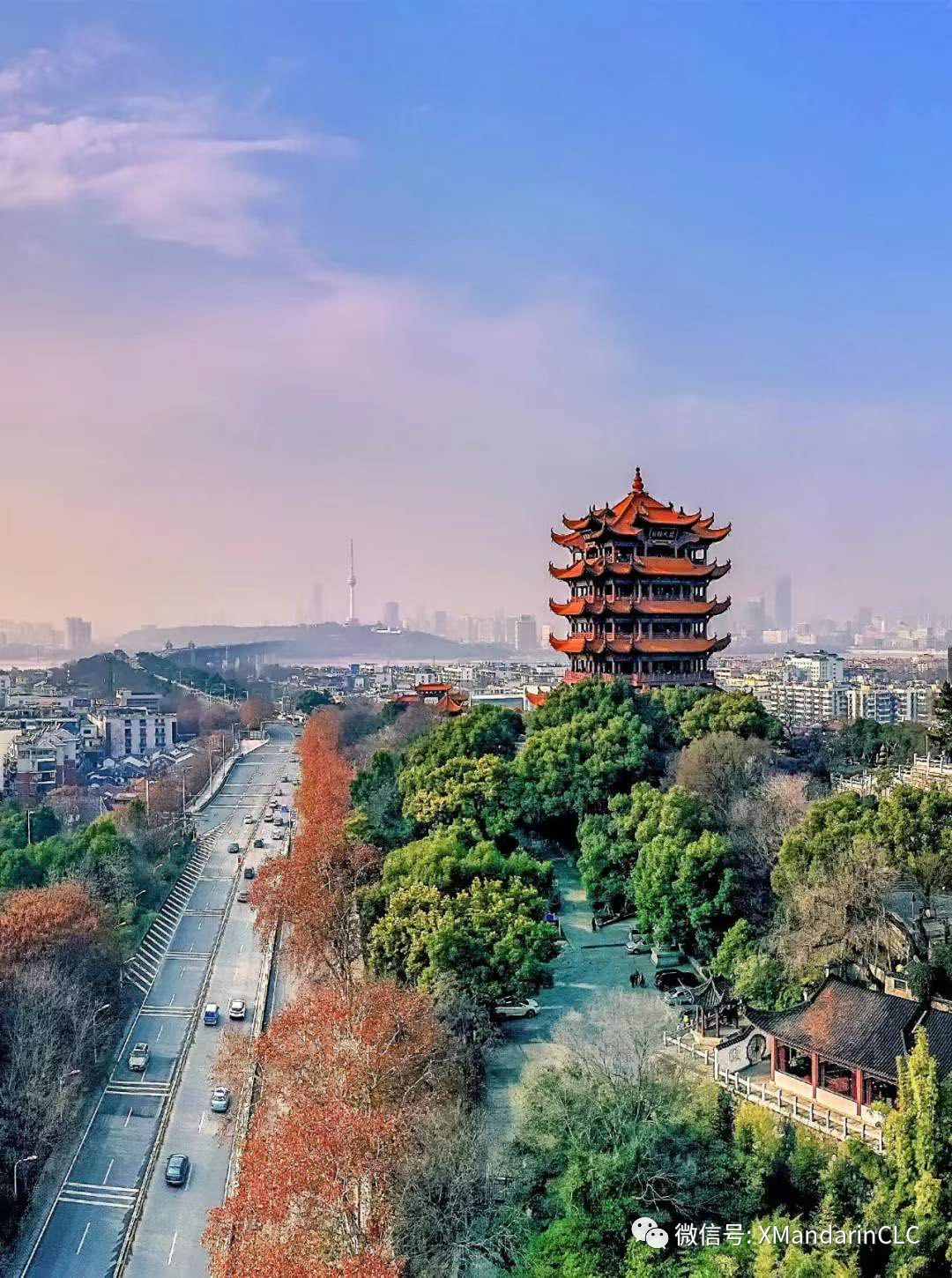
pic from 星球研究所
A University City
Wuhan is a city with the most university students in the world. There are over 80 universities and 1 million university students living in Wuhan. It's said there's a public bus in Wuhan that connects 13 universities on its routine.
Each campus of the top 7 universities of Wuhan was each built on their own hill, and all the campuses are surrounded by lakes. The natural resources shared by so many universities is a rare phenomenon in China.
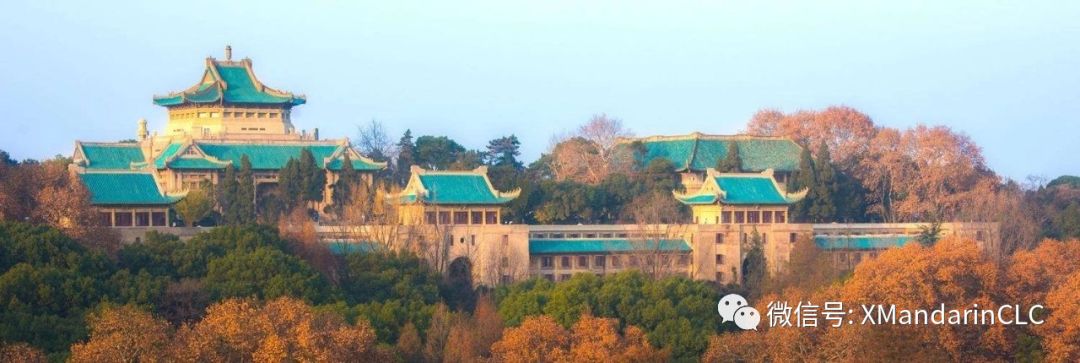
Wuhan University established in 1893
The universities have prepared countless talents to develop an industrial system for Wuhan. There's a high tech center in Wuhan and it is called Optical Valley -光谷Guānggǔ (Yes, they borrowed the name from "silicon valley-硅谷Guīgǔ"). The Optical Valley's market share of optical fibre and cable, reaches 66% of China, 25% of the world.
With over 1 million university students in town there will certainly be great promise for Wuhan to have a bright and developing future. There is already data showing this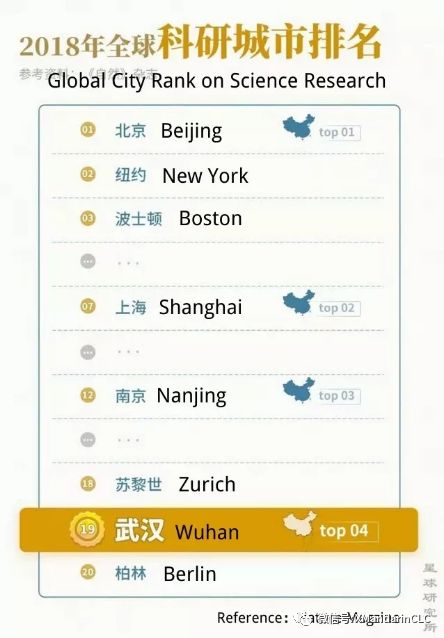
Wuhan's year by year increasing power on science research
pic from 星球研究所
These are just little pieces about Wuhan City. There is still too much more to tell you about this city. I hope this will inspire you to know more about Wuhan and also discover its many positive sides.
Let's wish all the suffering will end very soon. Wuhan will gradually heal from the disease and everything will go back to normal and peace in the end.
More importantly, let's look forward to continuing travelling around China and eventually Wuhan to explore its history and its development!
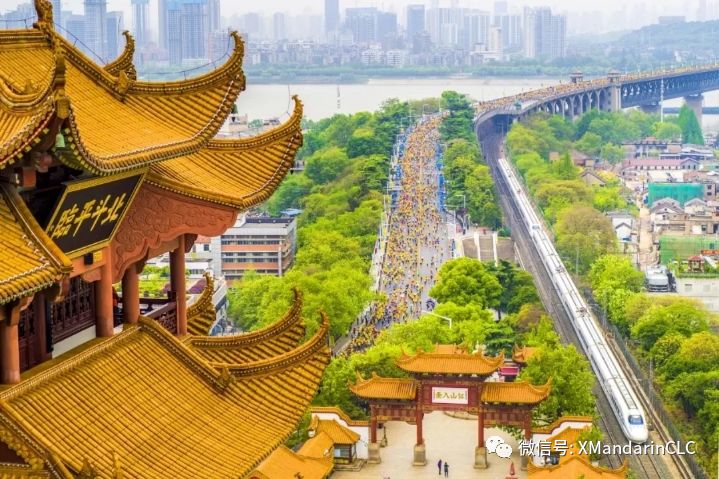
Marathon in Wuhan, pic from 星球研究所
Reference:
什么是武汉?(What's Wuhan?)
→ Check out more splendid views of Wuhan
wikipedia.org/wiki/Wuhan
武汉加油!
Stay strong Wuhan!
◆ ◆ ◆ ◆ ◆
For more information, please contact us.
0532-85890993/15275258316
info@xmandarinchinese.com









